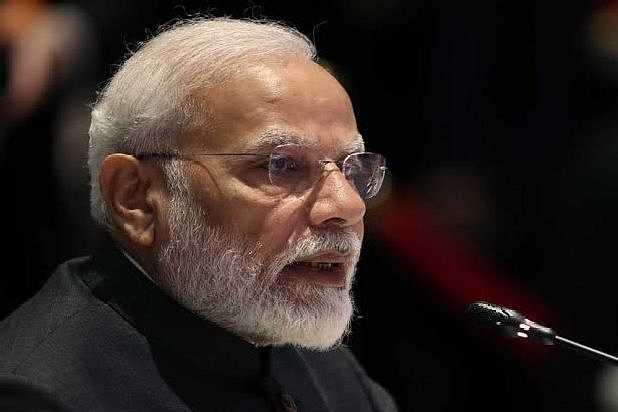
Never Mind The RCEP: Why India Must Get Down To Sealing Critical Trade Agreements With EU, US and Post-Brexit UK
India must now focus on sealing critical trade agreements with the EU, the US and post-Brexit UK, and perhaps becoming a part of major trading blocs where China is not a member.
India has decided against becoming a part of the Regional Comprehensive Economic Partnership (RCEP) arrangement on the grounds that several of its key interests were not being adequately addressed. Indeed, greater market access for our services has been a major issue in most of our trading agreements.
While many, including myself, did advocate for RCEP as we can no longer deny the importance of greater integration with global value chains, the sole bone of contention with RCEP was China and its unfair trade practices. In fact, the current trade war between the US and China is an outcome of decades of manipulation of international trade rules and its domestic currencies.
India’s former chief economic adviser and executive director to the International Monetary Fund, Dr Arvind Virmani, has been vocal about the unfair trade practices by the Chinese using opaque non-tariff barriers. His arguments are significant as he highlights the extent of state controls over the Chinese economy which gives them an advantage over other countries.
Therefore, any successful RCEP agreement would have ensured an objective mechanism to evaluate market access, monitor trade deficits and allow countries to ensure compliance of other countries to the rules-based regime. That is, have a mechanism that is strong and robust enough to ensure fair terms of arrangements.
In effect, this means having a dispute resolution system that is functional and efficient unlike the present WTO (World Trade Organization). This combined with greater access for services would have been a win-win deal for all participating countries and it would have positively impacted Indian economy.
It must be stated that all those who were in favour of RCEP were in favour of a trade-deal that was fair and, therefore, it is important to recognise that not all arguments were universally either in support or against entering into such agreements. Later, if some of these concerns are addressed then it makes a very compelling argument to join the RCEP.
At the same time, we must also point at the fallacy of the protectionist arguments that were often given to justify our high-tariff policies until 1991. The fact that it led to an uncompetitive economy is in itself a very strong argument against such policies.
The infant industry arguments have often been cited where we argue that industries in India are at a nascent stage and therefore, they may not be able to compete with big global firms. Consequently, we call for protectionist measures to ensure our industries do not face stiff international competition.
However, experience of leading countries has revealed that despite protectionist policies, industries did not become competitive and therefore, such policies have often come at a cost for the economy. In contrast, many industries have emerged as competitive post relaxation of protectionist policies across different economies.
In the case of India, we have the pharmaceutical industry where India is fast emerging as one of the global leaders. Similarly, India’s medical tourism industry is indeed promising over the next decade or so. The fact that India is competitive in services, especially high-value services is also well recognised.
Therefore, the question is, if we can be competitive in these sectors then why not be competitive in other areas of the economy? The High-Level Advisory Group (HLAG) provides us with winning sectors along with policy level recommendations that can help them emerge as major drivers of our export growth.
A major reason behind our lack of competitiveness is to do with our domestic policies; the HLAG recognises this and provides with pointed policy suggestions to correct the same.
One of the recommendations to do with corporate tax rates has already been implemented and, therefore, we now have a competitive rate of taxation. However, our cost of capital continues to be high and there is an urgent need to address this.
Part of it is because of high real rates and part of it is because of low transmission and relatively high lending rates. Both of them need to be addressed to ensure competitive levels of costs of capital.
Apart from them, high costs of power tariff, policy uncertainty and land/labour norms are areas where India lacks compared to our other competitors. Addressing some of them would be critical towards ensuring competitiveness for our firms.
One of the reasons why such trade agreements are important as they bring about an urgency in the need for some of these reforms as in the absence of this urgency, our industries tend to lose out.
While we may not become a part of RCEP, there still remains to close critical trade agreements with the European Union, US and possibly UK post Brexit. India must also be open to signing and becoming a part of major trading blocs where China is not a member.
The fact that China has manipulated the system is well recognised, however, we cannot be oblivious to the fact that no country has managed to sustain a 7 per cent plus growth rate without robust exports. For robust exports, we have to be a part of such trading blocs sooner rather than later.
Globalisation 2.0 is underway and now the question is will we use it to our benefit or will it be yet another missed opportunity for unleashing India’s manufacturing tiger.